Growing for Market in partnership with Johnny's Selected Seeds has created a library of expert information about growing and selling vegetables and flowers. Links in the article will take you to johnnyseeds.com.
Subscribe to Growing for Market for more great ideas about growing and marketing!
For more topics in the series, click on Market Farming Basics in the left column.

![]()
Winter markets and value-added products
Although 88% of U.S. farmers markets are open less than six months a year, there is a definite trend toward stretching the market season in fall or holding special holiday markets. In addition, many communities have craft markets where farmers can sell value-added products. Many growers create a line of value-added products that they can sell after the main produce season is over. If you haven’t specifically grown crops with value-added products in mind, this is a good time to survey your markets for potential niches. You might also find that you already have the materials for products you can sell this fall, as a way of testing the water. Here are a few ideas.
Herbs: Dried herbs can be used in many products including herbal vinegars, herb rubs for meat and fish, soup mixes, and dip mixes. Mixed bunches of dried herbs are even easier. The best herbs for drying: marjoram, oregano, rosemary, sage, savory, and thyme. For best results, cut the herbs when the foliage is dry but not wilted. Hang them upside down in small bunches in a warm, dry place with good air circulation or a fan on them. Once they are thoroughly dry, store them in an opaque container with silica gel dessicant until you need them.
Peppers: As the frost date approaches, pay particular attention to your peppers. Once nighttime temperatures drop below 60F, peppers will stop flowering and setting fruit. You can cut off any small peppers that you think won’t mature before frost; that will help the remaining larger peppers to ripen. Peppers take about three weeks to go from green ripe to red/orange ripe, but once a pepper is 50% colored, it will continue to color after harvest. Holding partially colored peppers at 68-77F with high humidity is most effective.
Small, thin-walled peppers can be made into ristras, swags, and wreaths and sold for culinary and decorative uses. They have the greatest impact when the foliage is removed so the peppers are in full view. To defoliate pepper branches, stand the stem ends in water like cut flowers, and store them in complete darkness at 68F for three days. After that, remove from the water and shake the stems. The leaves, but not the fruits, will fall off.
To learn more about making pepper wreaths and swags, see this article on the Growing for Market website. https://growingformarket.com/articles/make-a-pepper-wreath
Dried botanicals: Fall and winter decorating is a favorite pasttime for many people, but if they live in a city, they probably don’t have access to the raw materials for nature crafts. Your farm may be a cornucopia of botanicals that you can sell at fall and winter markets. Take a walk around your fields, meadows, and hedgerows and see what you can find to sell at a “crafters’ corner” of your market stand. Popular crafting materials include bittersweet and other berries; seed heads of sunflowers, Echinacea, and rudbeckias; broom corn, millet, and native grasses; overgrown okra pods (for Santa ornaments); dried flowers including carthamus, celosia, craspedia, gomphrena, statice, strawflowers; hydrangea heads; corn shocks and husks; small pumpkins that can be used as vases; gourds and ornamental squash; pine cones, sweet gum and other ornamental seed pods.
• Subscribe to Growing for Market for the latest news and ideas.
Reprinted from JSS Advantage September 2010

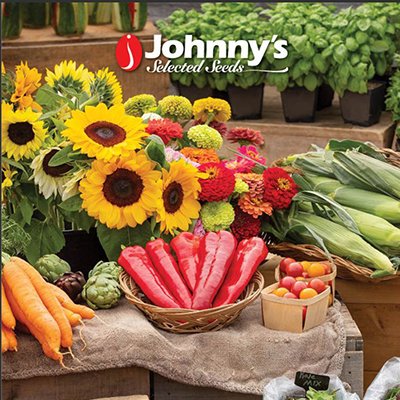

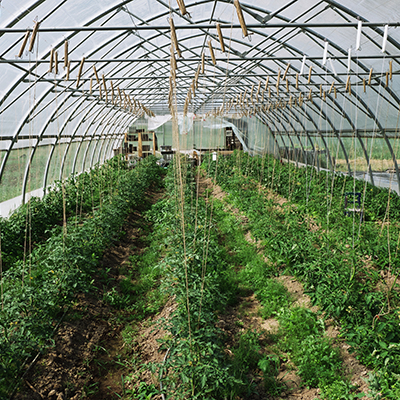
 Among successful market farms, there is a trend toward diversification and away from specialization. As growers gain experience, they tend to add new crops and markets and extend their seasons. They find ways to maximize income from everything they grow and put all their land to good use.
Among successful market farms, there is a trend toward diversification and away from specialization. As growers gain experience, they tend to add new crops and markets and extend their seasons. They find ways to maximize income from everything they grow and put all their land to good use.
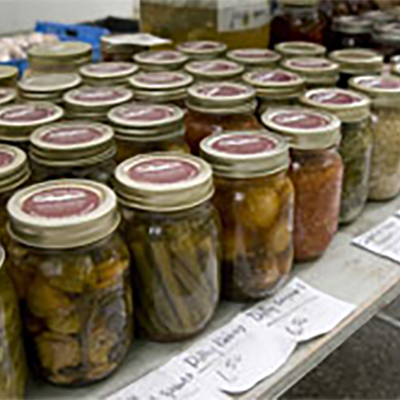
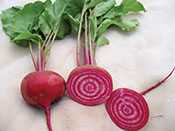 August can be a busy month. Summer crops are at their peak and fall crops need attention. It's time to look ahead to fall and winter markets. Yet, it may still be so hot you just don't want to do anything! We'll suggest some practical ideas and, we hope, provide some encouragement to keep you going.
August can be a busy month. Summer crops are at their peak and fall crops need attention. It's time to look ahead to fall and winter markets. Yet, it may still be so hot you just don't want to do anything! We'll suggest some practical ideas and, we hope, provide some encouragement to keep you going.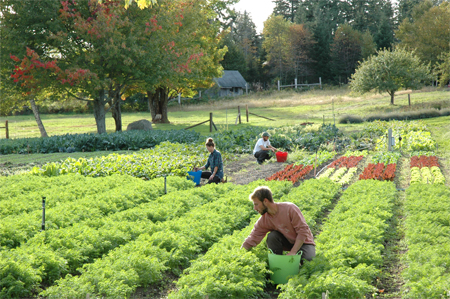 When you're new to farming, everything is so interesting and exciting that you may assume you'll remember every detail of what you are growing, where and when you planted it, and how well it performed. Veteran growers, however, know that the details start to fade quickly over the course of a busy season. That's why the most experienced and successful farmers keep careful records.
When you're new to farming, everything is so interesting and exciting that you may assume you'll remember every detail of what you are growing, where and when you planted it, and how well it performed. Veteran growers, however, know that the details start to fade quickly over the course of a busy season. That's why the most experienced and successful farmers keep careful records.
